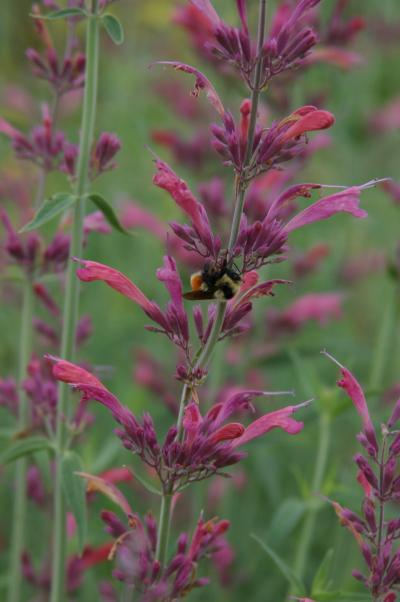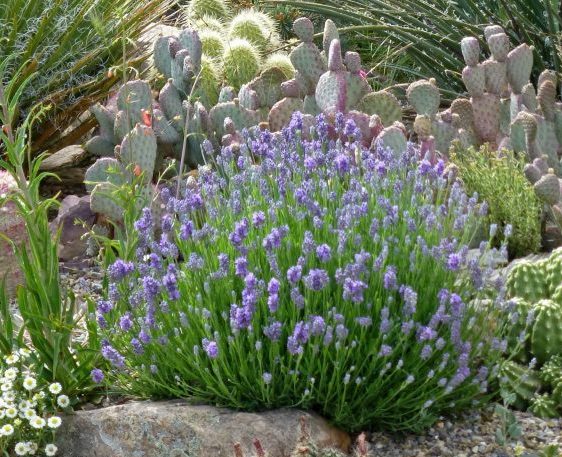If you don’t just enjoy having a variety of pollinators in your garden, but actually plant with those pollinators in mind, you’re my kind of people! Creating gardens that nurture all sorts of bees, butterflies, and hummingbirds is easier than you might think, especially with the help of pollinator-friendly perennials. And there’s never been a better time than now during National Pollinator Week!
I asked Richard, Tagawa’s Perennials Department Co-Supervisor, what plants he’d recommend for a pollinator garden. Let’s check out his fun and colorful list.
Yarrow
This first one might surprise you, but since mine is in full and glorious flower right now, it seems a good place to start.
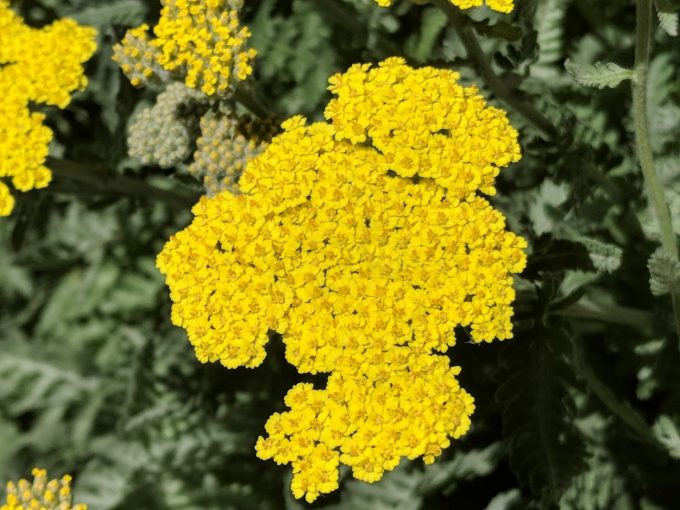
The most common yarrow sold for home gardens is “Moonshine,” shown above. It’s bright and bold and can’t be missed, especially if it’s grown as a mass of two or three plants.
But I also have to give a plug to other yarrows like “Paprika,” a real winner in my book… creating a lovely mounded display of the most minute flowers you can imagine.
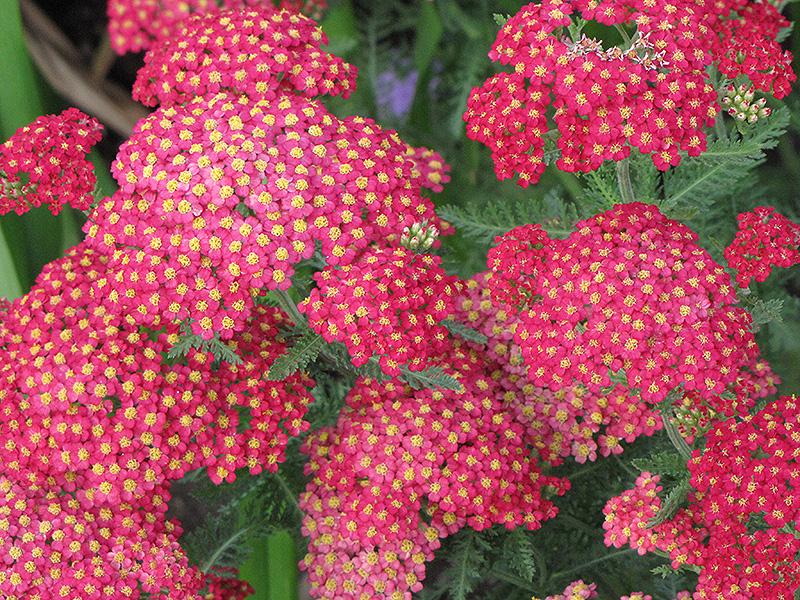
Both varieties draw a lot of remarkably tiny native bees into my garden. Note: Did you know that Colorado has nearly 900 species of native bees? You probably wouldn’t recognize most of them, often mistaking them for little flies, but they will notice your yarrow. The wee flowers are just their size!
Yarrow blooms from late spring into mid-summer. If you cut back the first set of flowers, you’re likely to get some re-bloom. The spent flowerheads are great for dried arrangements and the soft gray-green foliage stays pretty all season long.
Yarrows are drought tolerant once established… meaning they get “normal” watering for the first season or two, but don’t overdo it. They will not tolerate consistently wet soil. All yarrows require full sun to be their best. They are extremely cold-hardy and are especially easy to grow.
Winecups (a.k.a. Poppy Mallow)
If you’re in the market for a ground-hugging pollinator plant, Winecups may be just the plant for you.
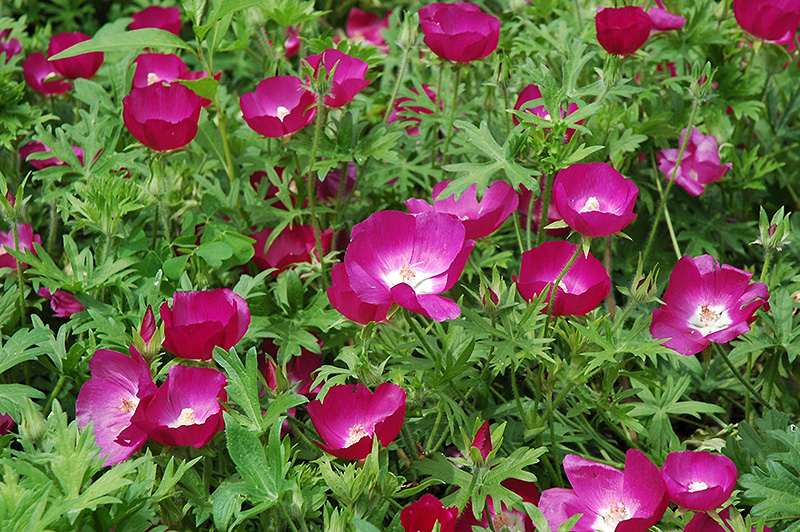
Also known as “Poppy mallow,” (a relative of old-fashioned hollyhocks), Winecups has bowl-shaped, striking purplish-pink flowers big enough to accommodate the largest of bumblebees, one of my favorite native pollinators. The flowers are plentiful from early spring to mid-summer.
Winecups prefer full sun but will accommodate some afternoon shade. It grows best in average to dry soil (after one season of regular watering), and should not be grown in consistently moist soil.
Jacob Cline Bee Balm (a.k.a. Monarda)
If you want to bring hummingbirds to your garden, you can’t go wrong with Jacob Cline bee balm. The flower “petals” are thin nectar-rich tubes, a perfect fit for the hummers’ long beaks and feather-tipped tongues.
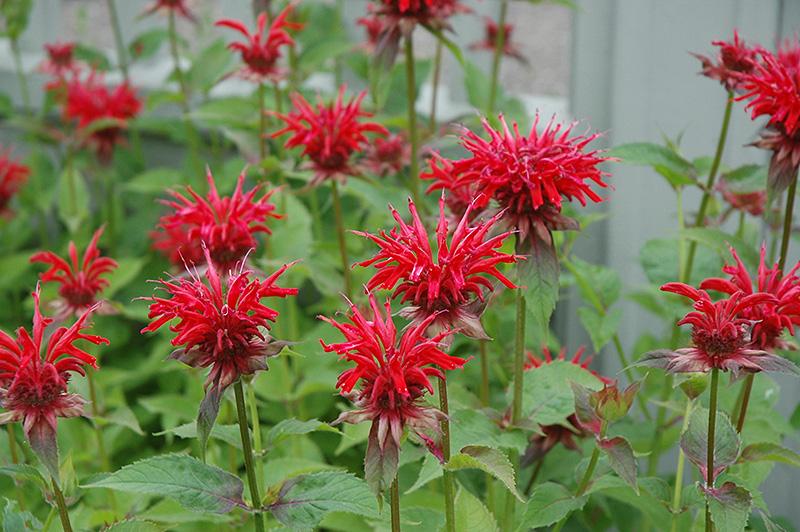
Jacob Cline beebalm is a fast grower and can get quite big, up to three feet tall and wide. Gardeners should give plenty of room for the plants to fill out. Bee balm will grow in full sun or part shade, in average to moist conditions. I find that the leaves may show signs of powdery mildew if they receive regular overhead watering.
Blanket Flower (a.k.a. Gaillardia)
Blanket Flower is one of the most popular plants for home gardens. It’s also a favorite of many different pollinators, too! You’ll find several different species of bees and butterflies visiting these large, easily accessible blossoms. Hummingbirds might drop by, too.
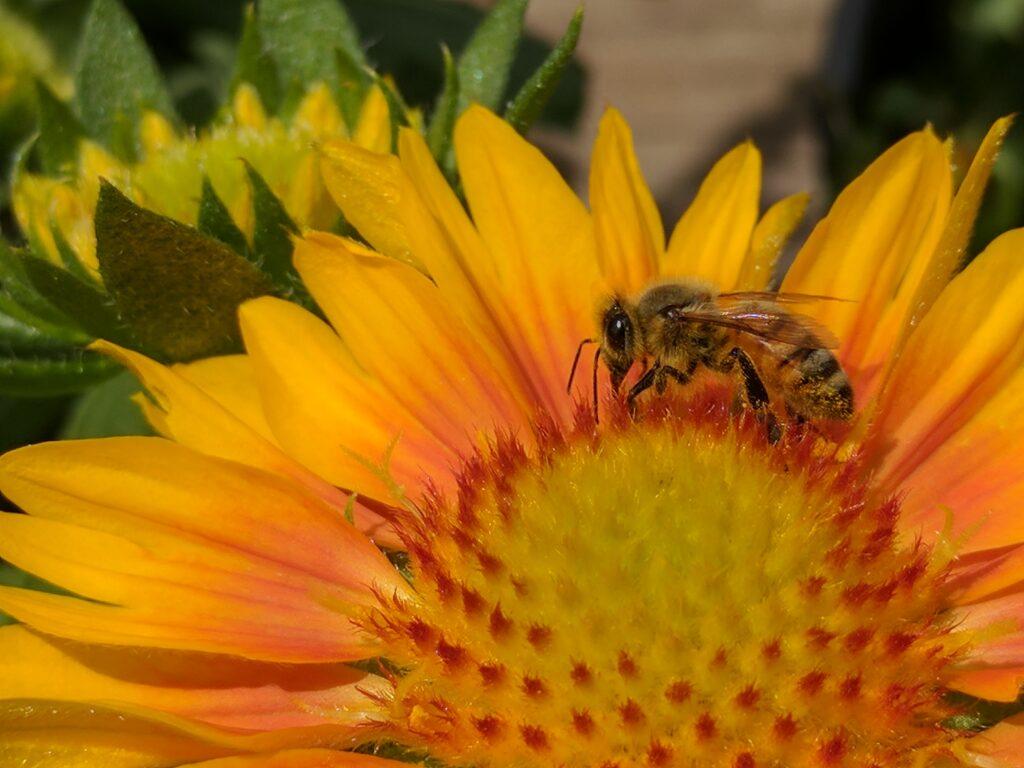
It’s tough to choose from among the many different varieties and sizes of Blanket Flower, but it’s also hard to go wrong. It’s believed they get their name from the beautiful colors of the blankets woven by Navajo artisans.
Blanket Flowers are sun and heat lovers that put on a vibrant show of color all summer long, especially if the fading blossoms are “dead-headed,” trimmed back to the nearest set of leaves before they go to seed. Late in the season, leaving the interesting seed heads in place can also make for a pretty display.
Give Blanket Flowers well-draining soil and a bit of love, and they’ll pay you back in full!
Lavender
We can’t talk about pollinator plants and not bring lavender into the spotlight. In my many years as a beekeeper, I loved walking into my bee yard and stopping for a moment to take in the hum of happy honey bees visiting the many lavender plants I was growing near my hives.
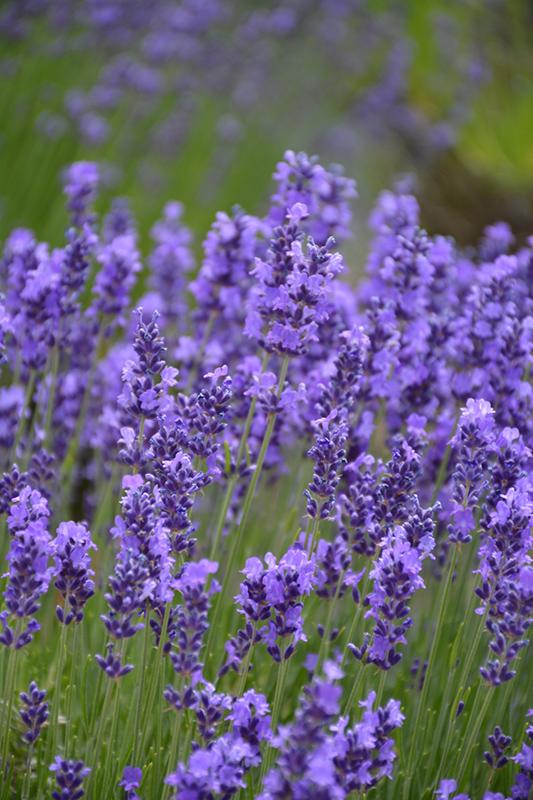
Lavender comes in so many different varieties with different sizes, blooming habits, and uses. It qualifies for a deep dive all by itself. But the pollinators, especially various types of bees, don’t care about the details. They just love the flowers!
Lavender has a few specific requirements: It needs full sun and average, well-drained soil (no amendments, please). Some types of lavender are best used for crafting. Others are prized for their high content of essential oils.
For those with a keen interest in different types of lavender, a trip to the lavender fields at the Denver Botanic Gardens’ Chatfield Farm is definitely in order! Chatfield’s annual Lavender Festival is held in mid-July. Go and see and judge the varieties for yourself… take pictures… and make a list of what you love, then come see us at Tagawa! Odds are, we’ll have just what you’re looking for!
Speaking of the color lavender, consider…
Kobold Blazing Star Liatris (a.k.a. Gayfeather)
This mid-summer-and-beyond bloomer is often found in challenging settings, like median strips. Does that tell you something? Blazing Star is one tough plant!
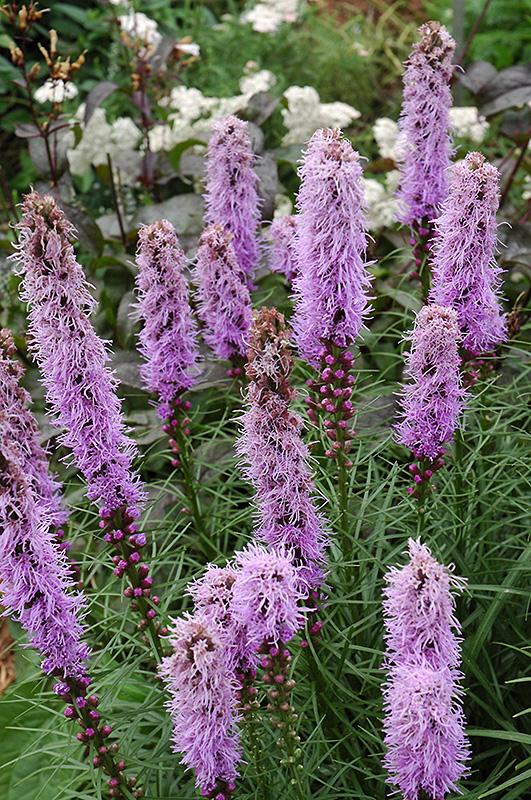
Blazing Star Liatris sends up distinctive tall spikes covered with extremely tiny and frilly violet flowers that will draw bees and many types of butterflies. It grows quickly and is ideal for any location with full sun and either dry or moist soil.
Liatris is especially attractive grown in clumps of several plants. The pollinators will love that too! Not far to fly to their next meal!
Hyssop (a.k.a. Agastache)
If a plant can be understated and terrific at the same time, hyssop might well be that plant. There are so many varieties available, all with small trumpet-shaped flowers in shades of blue, soft oranges, pinks, and purples.
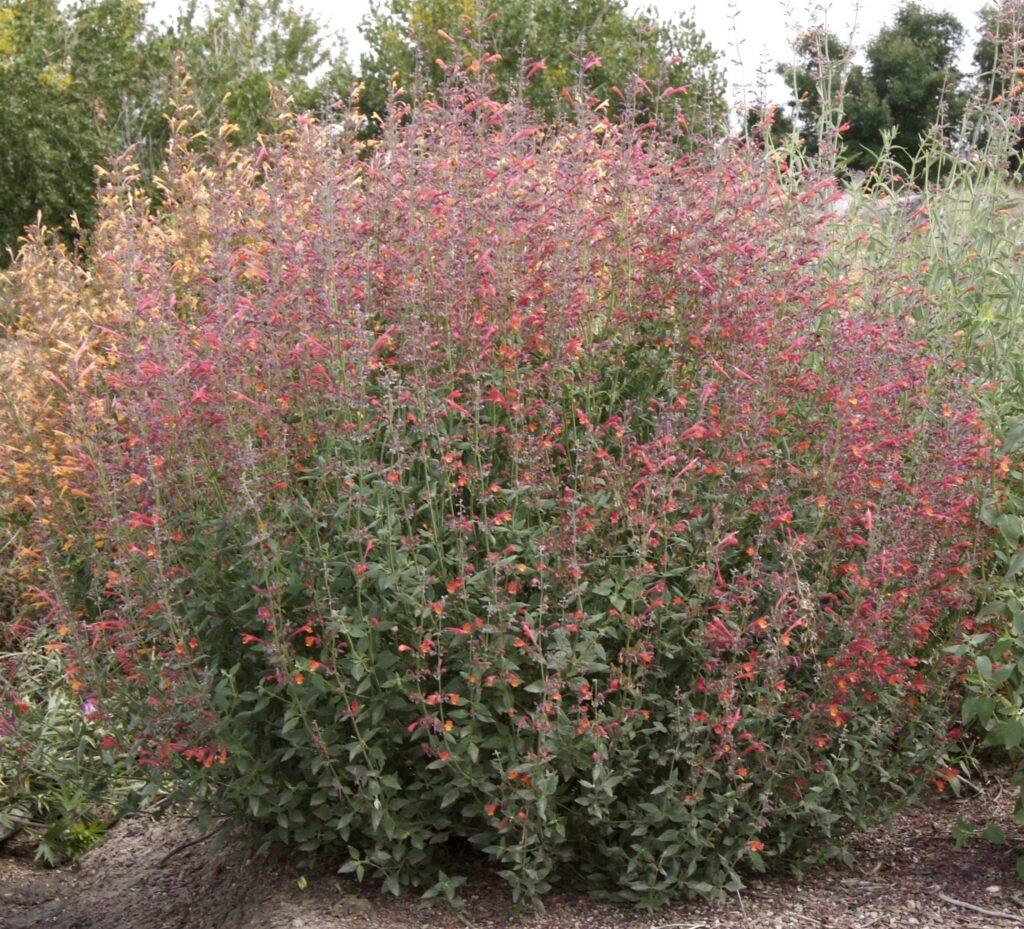
The variety shown above, “Coronado” red hyssop, is one of the most popular. Coronado Red is typical of many of the hyssops Tagawa carries. They all have airy spikes with fragrant tubular flowers that hummingbirds truly find irresistible. The foliage itself is often fragrant, too.
Hyssops bloom from mid-summer to mid-fall. They need full sun and average to dry soil very well-drained soil. They’re an excellent candidate for low-water gardens once they’ve become established.
Goldenrod
If your garden could use a bright shot of color later in the season, check out goldenrod. Its beautiful yellow plumes don’t show up until late summer, but they’re definitely worth the wait!
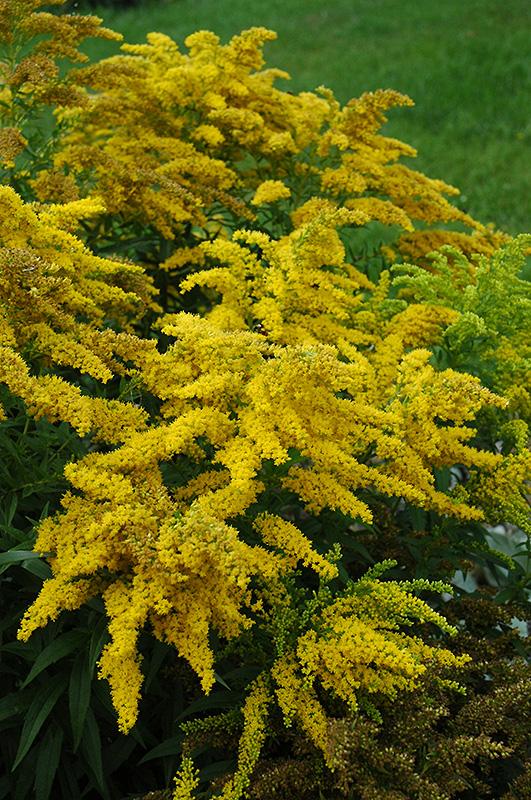
Goldenrod has been described as “a powerhouse source of pollen and nectar for pollinators,” especially natives and beneficial insects. Good stuff, eh?
Goldenrod sometimes gets a bad rap because it’s often mistaken for ragweed, the dreaded late-summer scourge of many who fight through tears and sneezes the heavy loads of pollen that ragweed releases.
Goldenrod should be grown in full sun but will tolerate some light shade. It prefers average to moist soil conditions and should never be allowed to dry out completely.
Want more details?
If you’d like more detailed information on any of these pollinator perennials, the Plant Library on the Tagawa website is well worth a look. You’ll be able to search many of the plants featured here. The Plant Library isn’t a live inventory. For specifics on what’s in stock, feel free to call Tagawa Gardens or, better yet, come for a visit. We’d love to help you make your garden an oasis for our wonderful pollinators all season long!
